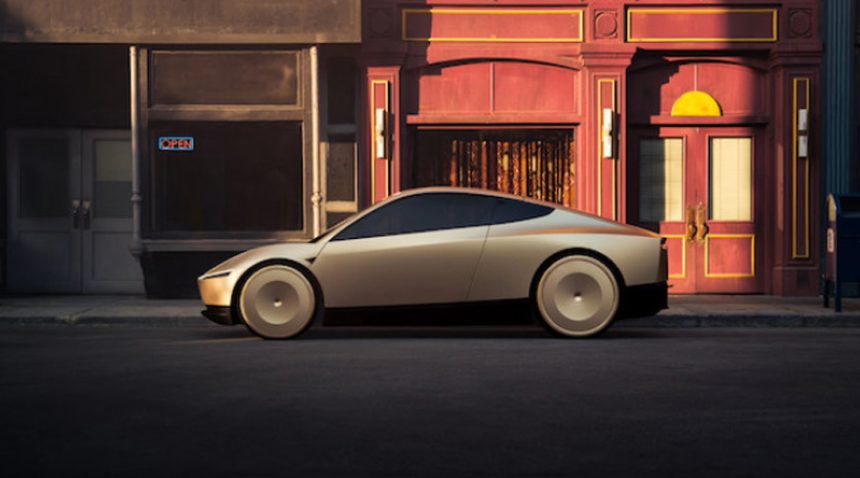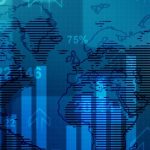Tesla is emerging as a leader in mobility and robotics but will Elon Musk’s political affiliation derail this growth?
Tesla has come a long way from its roots of just being an electric car maker. The company is now a leader in artificial intelligence. Its innovations include full self-driving (FSD) technology, the Dojo supercomputer, humanoid robots such as Optimus, and the futuristic robotaxi service. These developments put Tesla at the forefront of AI-powered transportation and robotics, with the potential to revolutionize many industries.
Let’s explore Tesla’s AI innovations in detail to understand how they are changing the current and future tech.
Tesla’s Entry into Autonomous Mobility
Tesla’s autonomous driving plans have been growing rapidly. The Full Self-Driving (FSD) software of the company has gone from a rule-based system to an AI neural network. Tesla cars have driven close to three billion miles in FSD. This has resulted in the improvement of the system based on real-world experience.
Unlike other services like Waymo, which is dependent on expensive LiDAR sensors, Tesla is purely vision-based. Thus, it is more cost-effective and scalable. If FSD receives widespread regulatory acceptance, Tesla’s share of the US market can surge dramatically.
Tesla is also on its way to introducing its autonomous ride-hailing service. In February 2025, the automaker requested permission to deploy an autonomous taxi service in California, competing with rivals such as Uber and Waymo.
Tesla’s initial robotaxi deployment is in June 2025 in Austin, Texas. The vehicle is designed without traditional controls like a steering wheel or pedals. Thus, focusing on a fully self-driving design that maximizes passenger space and efficiency. Regulatory obstacles, though, are still a problem, as US authorities are still investigating Tesla’s ‘Smart Summon’ feature.
Dojo and Cortex: Tesla’s AI Training Powerhouses
Tesla’s AI innovations are fuelled by its supercomputing hardware. Tesla’s Dojo supercomputer, initially announced in 2021, was built for training the company’s FSD neural networks. In July 2024, Elon Musk revealed plans to double down on Dojo for the launch of Tesla Robotax in October of the same year.
Musk famously posted Dojo pics on his X (formerly known as Twitter) account, explaining how it will ramp up Tesla AI training capacity:
Dojo pics pic.twitter.com/Lu8YiZXo8c
— Elon Musk (@elonmusk) July 23, 2024
However, in August 2024, Musk changed the emphasis to a fresh AI supercluster named Cortex. While Dojo is designed to accelerate AI inference, Cortex aims to store terabytes of video data for FSD and Optimus training. Tesla’s Q4 2024 shareholder update did mention Cortex but made no mention of progress on Dojo.
Tesla has initially depended on Nvidia GPUs for AI training but has been designing its custom chips to decrease reliance. The D1 chip, announced in 2021, was designed with 50 billion transistors and is highly optimized for AI workloads. Tesla has incorporated these chips into ExaPOD supercomputing clusters, enabling them to deliver high-speed AI training capabilities. Tesla is also developing a next-generation D2 chip, which would potentially increase its AI training speed and efficiency even further.
Tesla’s AI-related spending has been substantial. In 2024 alone, Tesla committed US$10 billion to AI development, of which US$3 to US$4 billion went towards Nvidia hardware. Despite such expenditures, Tesla continues to have supply shortages, thereby making its long-term plan of creating proprietary AI hardware even more important.
Optimus: Tesla’s Vision for Humanoid Robotics
Apart from autonomous vehicles, Tesla is investing in humanoid robots to transform work. Optimus, announced in 2021, is set to help with repetitive work in industrial and domestic environments. The robot uses Tesla’s FSD neural networks for locomotion and object detection. Thus, making it more competitive than alternatives such as Boston Dynamics and Agility Robotics.
Tesla is going to start mass production of Optimus in 2025 with an initial production target of 10,000 units. Tesla wants to increase production tenfold every year and reduce the cost of each robot to under US$50,000. Musk feels that humanoid robots may eventually outpace humans and become a key component of the global workforce. Tesla’s vertical integration, AI capabilities, and supply chain strengths provide it with a competitive advantage in this new market.
Recently, an intimate photoshoot of Kim Kardashian with Tesla Optimus has sparked controversy while increasing publicity for the company:
when a product is cool enough, it doesn’t need marketing—it becomes culture
case in point: kim k x tesla optimus for perfect magazine. humanoid robots aren’t sci-fi anymore—they’re status symbols.
I personally love it pic.twitter.com/gCoCuYAULQ
— Casper 👻 e/acc (@kacperbartoszak) March 16, 2025
Challenges and Market Risks
Even with Tesla’s vision of an AI-driven future, the company has its challenges. Its European sales have suffered, plummeting by 45% in early 2025. In Germany, the decline was 59%, with France and the UK recording declines of 63% and 12%. Some analysts think this decline is related to Elon Musk’s political moves, specifically his close relationship with US President Donald Trump.
Tesla is also at risk due to its high dependence on the Chinese market. Tesla received 36.7% of its sales in 2024 from China, which subjects it to US-China geopolitical tensions. Musk’s political engagement can also affect Tesla’s brand image. Although his affiliations with conservatives might be appealing to some investors. They would surely drive away liberal consumers, especially in important markets such as California and Europe.
The Future of Tesla’s AI Roadmap
Tesla’s auto-driving program may change various industries, ranging from robotaxis to robot manufacturing. The auto-driving program of the company, backed by Dojo and Cortex, keeps getting smarter with real-world training data. If Tesla can successfully launch a fully driverless robot taxi fleet, it may revolutionize urban transportation and traditional cab services.
Meanwhile, Optimus is a long-term gamble on AI-driven robotics. As humanoid robots are still in their infancy, Tesla’s capacity to mass-produce quickly may position it ahead of the competition. If successful, Optimus can be as revolutionary as Tesla’s electric cars.
Tesla’s AI goals are not risk-free. Regulatory issues, political changes, and market instability may affect the firm’s future.






